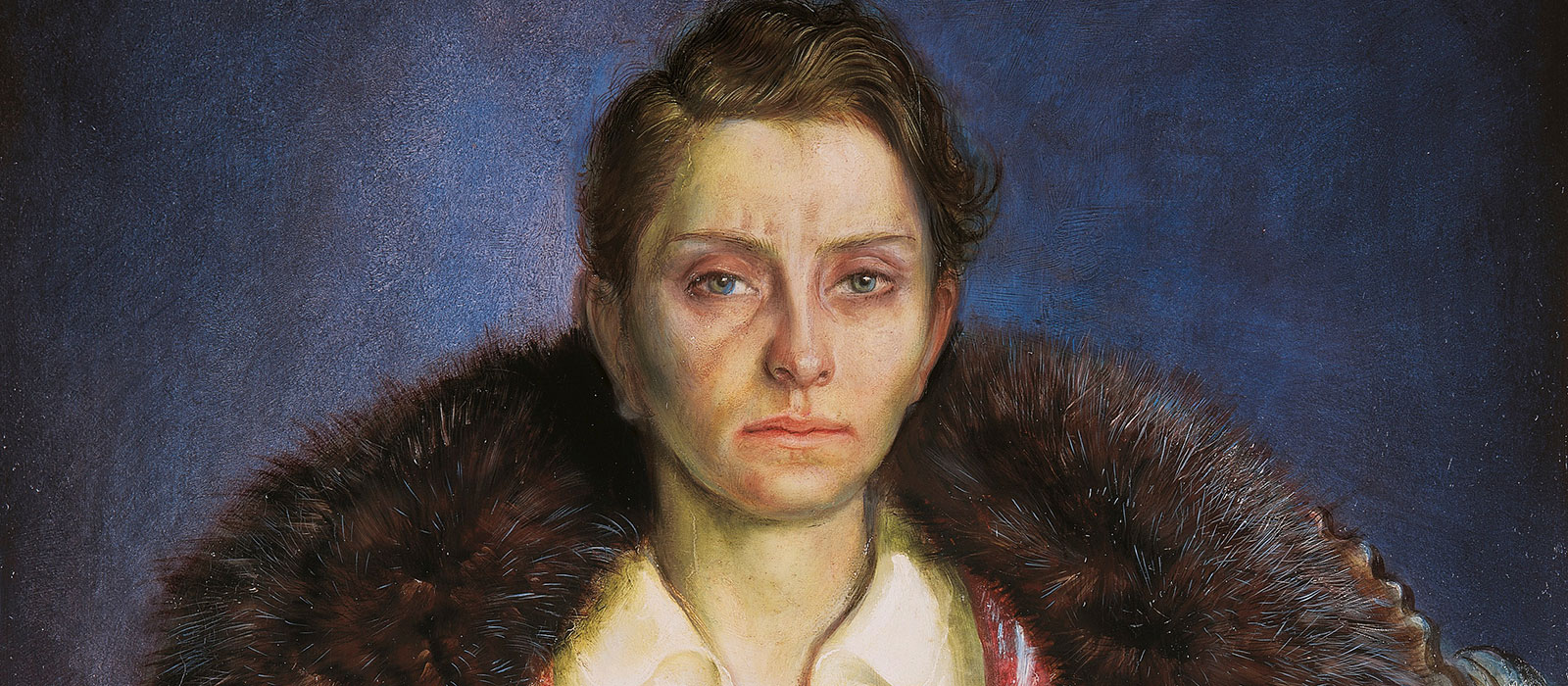(Un)explicit Social Criticism – Otto Dix and Political Iconography
University of Hamburg · Art History Seminar · Winter Semester 2018/19
Starting from Otto Dix’s (1891-1969) neo-objective and veristic works of the 1920s, which are still received as popular today, an ostensibly apolitical oeuvre emerged from 1933 onwards, which was far less offensively sociocritical in its pictorial language: instead of numerous war scenarios and sociocritical milieu depictions, landscape depictions, commissioned portraits and, from 1937 onwards, Christian allegorical depictions primarily took their place. In this way, a radical upheaval in artistic development was announced, which began when the Nazi dictatorship came into power and thus points to the reciprocal relationship between socio-political and art-political influences with Dix’s œuvre.
In the seminar, central examples of works from the 1920s to the 1940s are examined to examine motivic, stylistic and iconographic developments. The focus was on both clearly identifiable and ambiguous motifs, which is why political iconography, and thus a leading discipline of the art history department at the University of Hamburg, served as the basis for the study of images.
In addition to developing the content of the seminar topic, the participants were introduced to research possibilities and how to deal with primary documents. As part of the iconographic analysis, there were therefore visits to the Warburg House with research exercises on the Index Political Iconography. In addition, the reading of primary sources was part of the seminar. Due to the important holdings of the Hamburger Kunsthalle, seminar sessions were also held on the original in order to practise a differentiated view of work development processes, technical characteristics and refinements in Dix’s works.
Cooperation partners
Dr. Benjamin Fellmann – Index Political Iconography – Warburg House
Dr. Andreas Stolzenburg – Kupferstichkabinett – Hamburger Kunsthalle
Otto Dix, Bildnis Frau Rosa Eberl, 1940, Öl auf Holz, 103 x 80 cm, Städtische Kunstsammlung Freital, © VG Bild-Kunst, Bonn 2020
